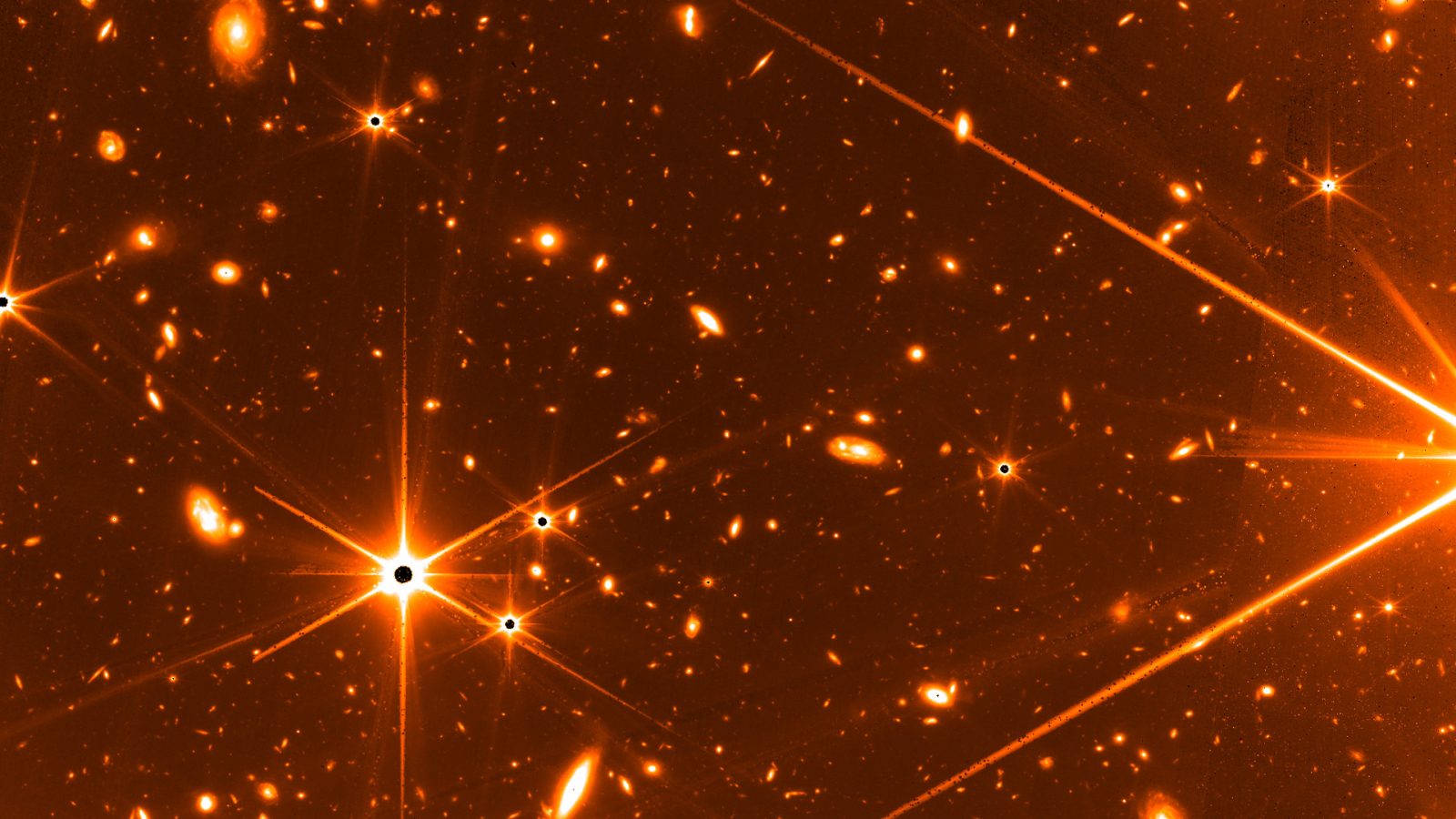
The time is near. After launching on Christmas Day, the first full-color images from NASA’s James Webb Space Telescope will be released tonight and tomorrow. Here is what we know so far about the first images.
JWST’s targets for the first color images
Last week NASA announced the subjects of the first color images and spectrum data collected by JWST. From nebulae, galaxy clusters, to even an exo-planet, NASA has sure been pumping up the public ahead of these photos’ release. Below is a list of the targets NASA, ESA, CSA, and The Space Telescope Science Institue have selected:
- Carina Nebula – The Carina Nebula is one of the largest and brightest nebulae in the sky, located approximately 7,600 light-years away in the southern constellation Carina. Nebulae are stellar nurseries where stars form. The Carina Nebula is home to many massive stars, several times larger than the Sun.
- WASP-96 b (spectrum) – WASP-96 b is a giant planet outside our solar system, composed mainly of gas. The planet, located nearly 1,150 light-years from Earth, orbits its star every 3.4 days. It has about half the mass of Jupiter, and its discovery was announced in 2014.
- Southern Ring Nebula – The Southern Ring, or “Eight-Burst” nebula, is a planetary nebula – an expanding cloud of gas, surrounding a dying star. It is nearly half a light-year in diameter and is located approximately 2,000 light-years away from Earth.
- Stephan’s Quintet – About 290 million light-years away, Stephan’s Quintet is located in the constellation Pegasus. It is notable for being the first compact galaxy group ever discovered in 1877. Four of the five galaxies within the quintet are locked in a cosmic dance of repeated close encounters.
- SMACS 0723 – Massive foreground galaxy clusters magnify and distort the light of objects behind them, permitting a deep field view into both the extremely distant and intrinsically faint galaxy populations.
Several of these targets have already been observed by Hubble, already producing amazing photos. Surely this is designed to compare the old versus the new, hopefully blowing the world away just like the first Hubble images did.
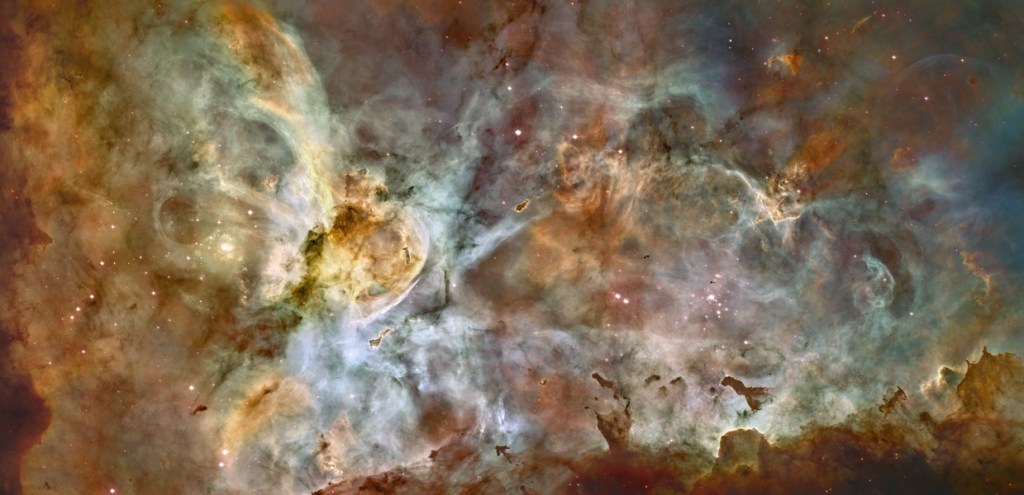
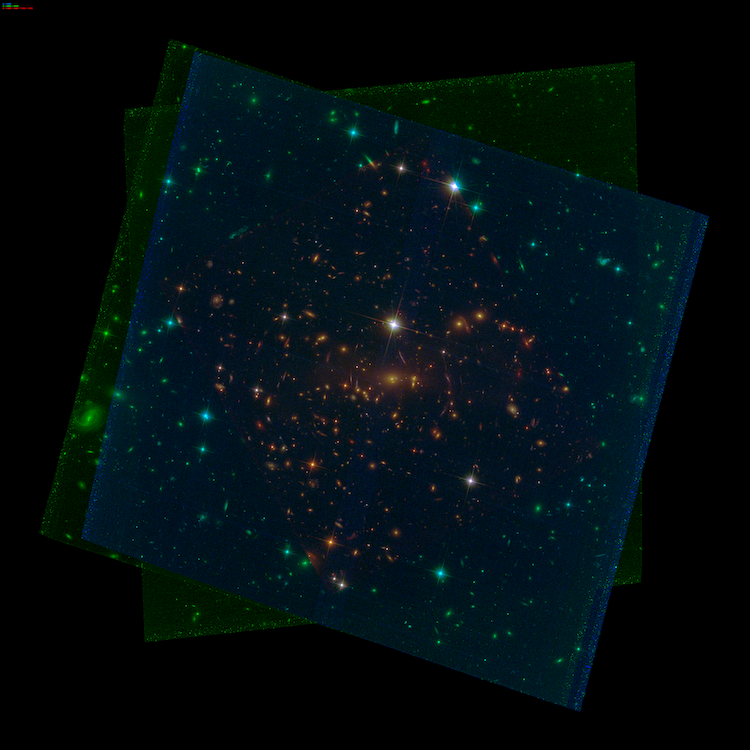
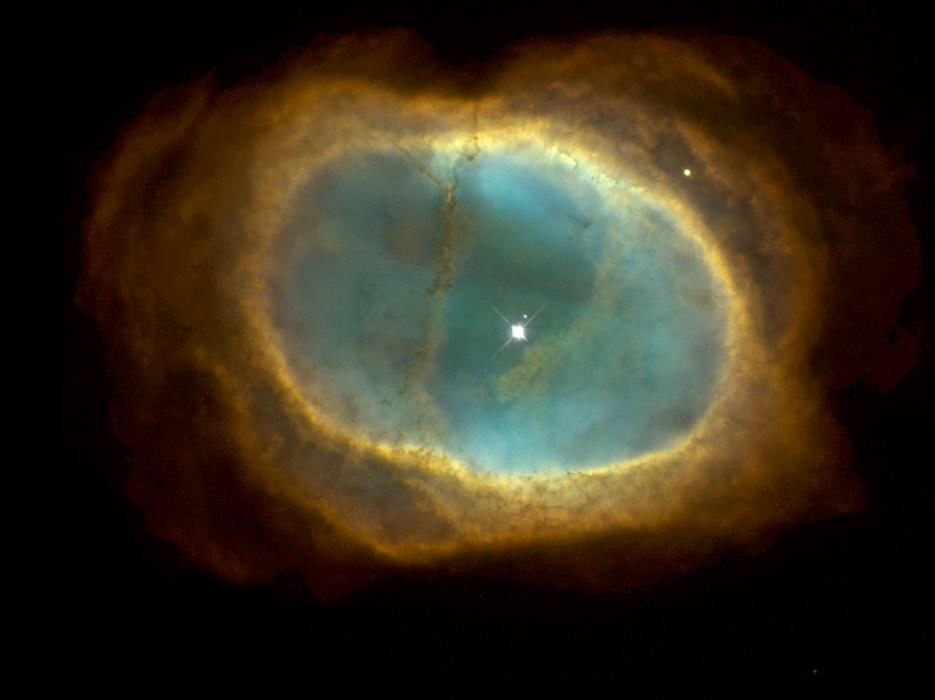
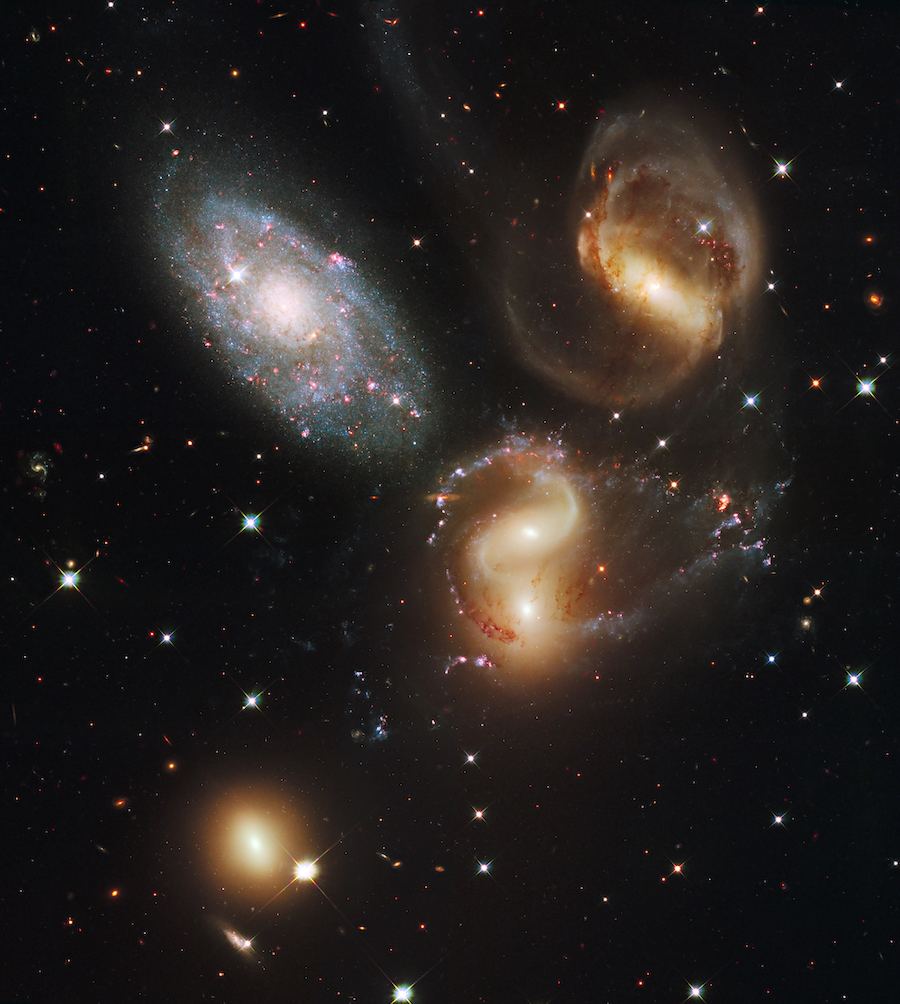
JWST’s testing images have already blown us away
These images released by NASA aren’t the first we have gotten from Webb. The testing images shared so far can only be described as spectacular. The most recent coming from the telescope’s Fine Guidance Sensor could rival Hubble for the number of galaxies in a single image.
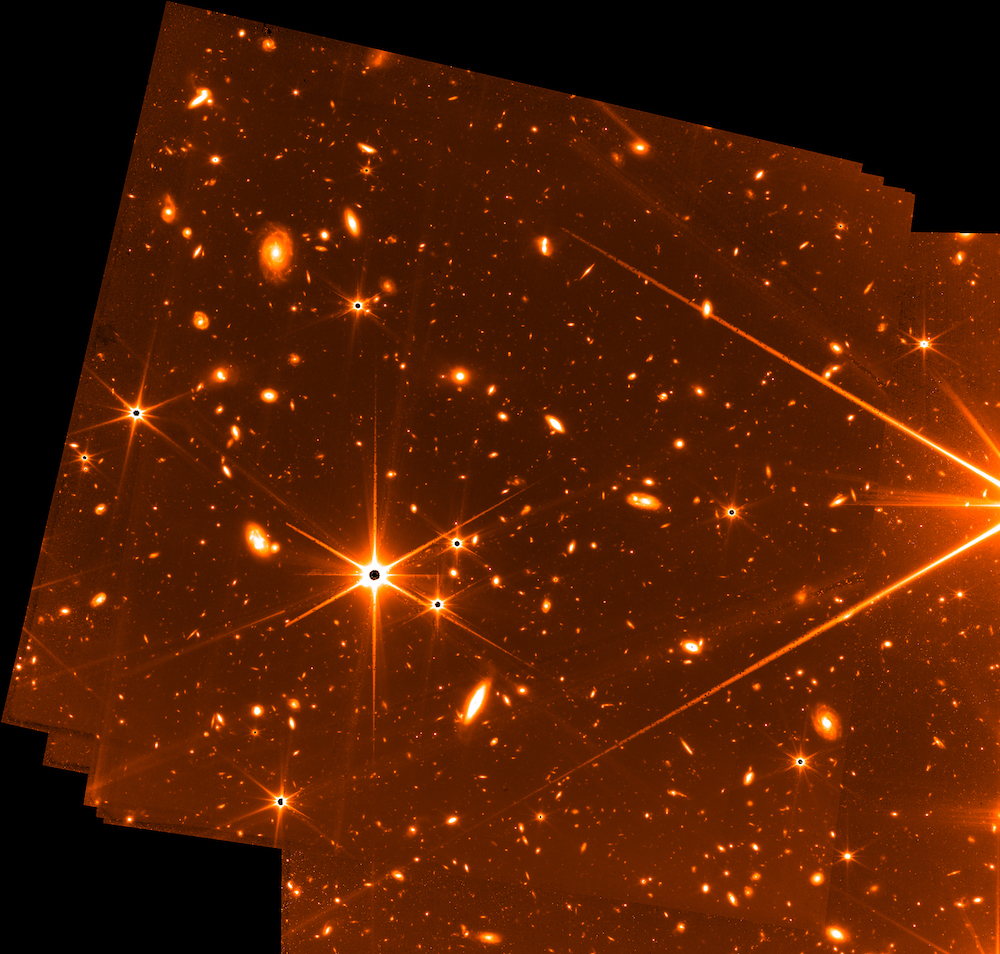
There are only a handful of stars in this image, which you can pick out with their diffraction spikes. The rest of the objects seen are galaxies – hundreds of them. Sadly the photo wasn’t taken with scientific discovery in mind, and without the use of color filters, no reasonable amount of discovery can be extracted from the data. That, however, will change with the first group of JWST images.
The first photo to be unveiled by President Biden
The first photo will be unveiled at the White House with President Biden alongside NASA Administrator Bill Nelson. We don’t know which image will be released, but the President returned late last night from spending the weekend at his beach house in Rehoboth, Delaware, ahead of the event (The President usually spends the weekends away from the White House).
The event will take place at 5:00 p.m. EDT, and you can find the first images or the James Webb Space Telelscope on the agency’s website.
FTC: We use income earning auto affiliate links. More.


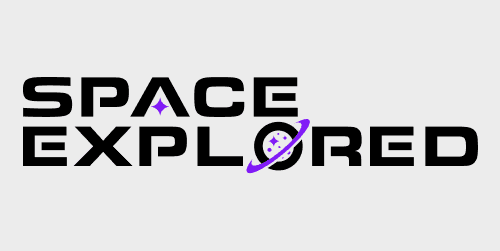
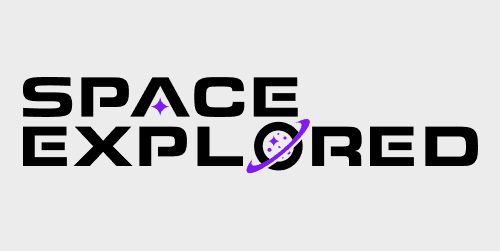
Comments